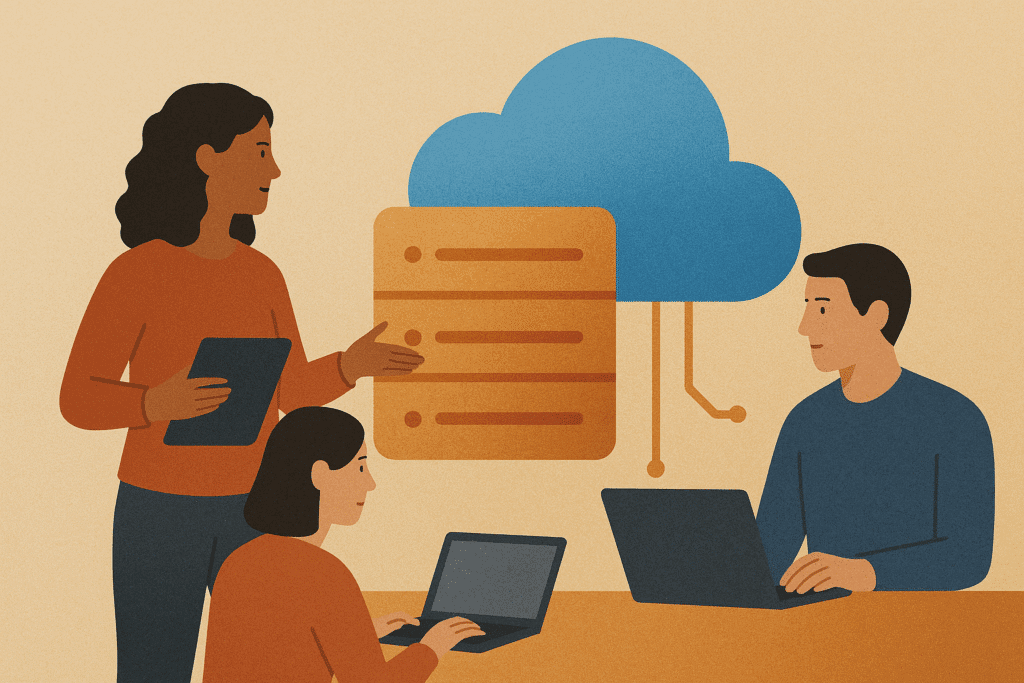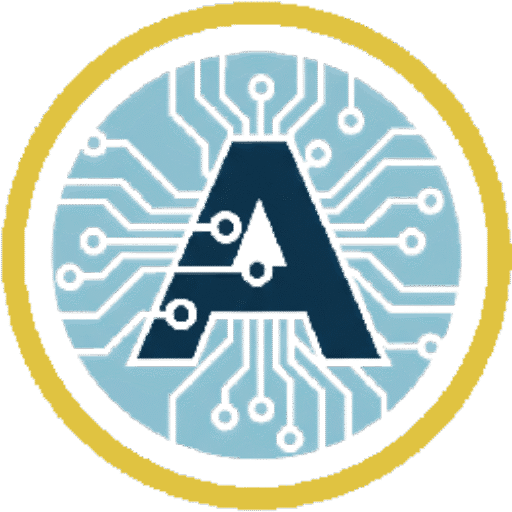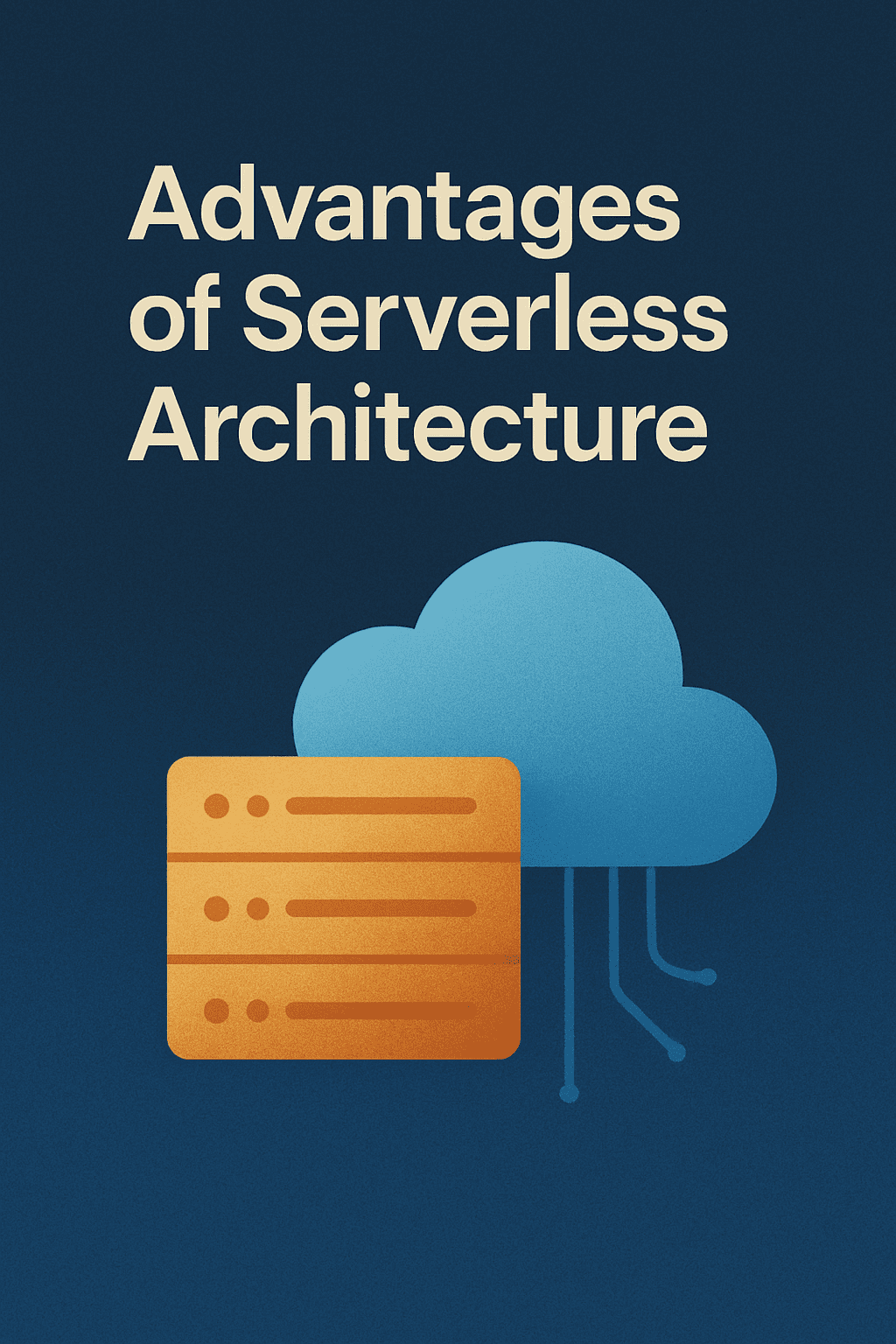Serverless architecture represents a fundamental shift in cloud computing, liberating developers from the complexities of infrastructure management. Despite its name, serverless code still runs on servers; the key advantage of serverless computing is that the cloud provider (like AWS, Azure, or Google Cloud) takes on the entire operational burden of provisioning, scaling, and maintenance.
This architectural model, primarily driven by Function-as-a-Service (FaaS), is becoming the default choice for modern, agile applications. For businesses of any size, understanding the major benefits of serverless architecture is crucial for optimizing costs, accelerating development, and achieving unprecedented scalability.
1. Unmatched Cost Efficiency: The Pay-Per-Use Model
The financial benefits are arguably the most compelling advantages of serverless architecture. It completely eliminates the waste associated with idle resources in traditional cloud models.
From Provisioning to Consumption
In a traditional server-based architecture (like Virtual Machines or even Containers), you must pay for servers that are running 24/7, even when they are sitting idle (e.g., overnight or during off-peak hours). This is a substantial hidden cost for applications with variable, unpredictable, or infrequent traffic patterns.
The serverless pricing model, however, is strictly pay-per-execution. You are billed only for:
- The number of times your function runs.
- The duration of the code’s execution (often measured in 100-millisecond increments).
- The amount of memory consumed.
This precise billing ensures you only pay when your code is actively processing a request, leading to dramatically reduced operational costs for many workloads. The elimination of costs for “idle time” is a massive cost advantage of serverless.
2. Automatic, Near-Limitless Scalability and Elasticity
One of the defining benefits of serverless computing is its inherent ability to automatically scale without any manual intervention. This is often referred to as elasticity.
Effortless Capacity Planning
In a serverless environment, developers do not need to forecast traffic, configure load balancers, or define auto-scaling groups. The serverless platform handles this automatically:
- Scaling Up: If your function receives 10,000 requests simultaneously, the cloud provider instantly spins up 10,000 parallel instances to handle the spike, ensuring consistent performance.
- Scaling Down: When the traffic spike subsides, the platform automatically de-provisions the unneeded resources, eliminating idle costs.
This amplified scalability makes serverless ideal for event-driven applications, such as processing user uploads, handling high-volume API requests, or managing sudden traffic from a viral marketing campaign. It ensures your application maintains optimal performance from a single user request to a massive global load.
3. Dramatically Reduced Operational Overhead (No Server Management)
The core promise of serverless is the complete abstraction of the underlying infrastructure management.

Focus on Code, Not Configuration
By using a serverless architecture, your development teams are freed from time-consuming, non-differentiating tasks like:
- Server Provisioning: Estimating, ordering, and setting up Virtual Machines (VMs).
- Operating System (OS) Patching: Applying security updates and maintenance to the underlying OS.
- Server Monitoring & Maintenance: Ensuring hardware and software integrity.
A developer’s only responsibility becomes writing, testing, and deploying the application code. This shift allows engineers to focus developer productivity entirely on solving business problems and innovating features, leading to faster time-to-market for new products and updates—a crucial serverless benefit in competitive markets.
4. Faster Time-to-Market and Enhanced Agility
The simplified deployment pipeline inherent in the serverless model contributes directly to business agility.
Rapid Deployment Cycles
Deploying a change in a serverless environment often involves simply uploading a new function or small block of code. This process is nearly instantaneous because there is no need to rebuild an entire container image or provision a new server instance.
- Decoupled Functions: Applications are built as collections of independent, stateless functions (microservices). A change to one function (e.g., a login endpoint) does not require the entire application to be redeployed or tested.
- Built-in CI/CD: Serverless platforms are designed to integrate seamlessly with continuous integration and continuous deployment (CI/CD) pipelines, enabling rolling updates with zero downtime.
This ease of deployment facilitates rapid iteration, making serverless a perfect fit for Minimum Viable Product (MVP) development and features that require frequent updates.
5. Built-in High Availability and Fault Tolerance
Serverless platforms offer enterprise-grade resilience and reliability, often surpassing what small or mid-sized teams could manually achieve.
Global Distribution and Resilience
The underlying infrastructure for most cloud provider serverless offerings is built on geographically distributed data centers. This provides two major serverless architecture advantages:
- High Availability (HA): Your functions are automatically distributed across multiple availability zones or regions. If a catastrophic failure occurs in one data center, the service automatically fails over to a healthy zone without requiring manual intervention, minimizing downtime.
- Reduced Latency: Code can run closer to the end-user by leveraging edge computing capabilities, decreasing the time it takes for a request to travel, which improves the overall user experience.
In essence, the cloud provider manages the complexity of creating a fault-tolerant and highly available system, allowing organizations to maintain application resilience without a huge investment in DevOps personnel or infrastructure.
| Summary of Core Advantages of Serverless Architecture | Traditional Cloud (IaaS/PaaS) | Serverless (FaaS) |
| Cost Model | Pay for allocated capacity (often idle). | Pay-per-execution (no charge for idle). |
| Scalability | Requires manual configuration (Auto-Scaling Groups). | Automatic and instant (scales to zero or mass parallel). |
| Operational Effort | High (patching, maintenance, OS updates). | Zero (fully managed by the vendor). |
| Deployment Speed | Minutes to hours (requires image builds/VM restarts). | Seconds to milliseconds (upload code snippets). |
| Focus | Infrastructure Management & Application Code. | Pure Application Logic (enhanced developer productivity). |
Considerations and Best Practices for Serverless
While the advantages of serverless architecture are compelling, it is important to acknowledge certain trade-offs to ensure successful adoption:
Cold Starts
Since serverless functions terminate after a period of inactivity, the very first request to a dormant function—a cold start—can incur a slight latency penalty while the environment is initialized. This is a common performance trade-off for the cost-saving benefit of “scaling to zero.” Best practices, like keeping functions small and warm, can mitigate this.
Vendor Lock-in
By tightly integrating with a specific cloud provider’s FaaS ecosystem (e.g., AWS Lambda, Azure Functions), migration to a different provider can be more complex compared to moving standardized containers. This lack of complete portability is a key point to consider during the architectural design phase.
Observability and Debugging
Debugging can be challenging because functions are ephemeral (short-lived) and stateless. Developers rely entirely on robust logging and monitoring tools provided by the cloud vendor or third parties to trace requests across multiple functions, making a strong observability strategy a necessity for serverless success.
Serverless architecture is not a universal solution, but for the majority of modern, event-driven, and highly variable workloads, the major benefits of serverless computing—chiefly cost optimization, automatic scaling, and reduced operational friction—make it a superior and increasingly indispensable tool in the cloud developer’s toolkit.

